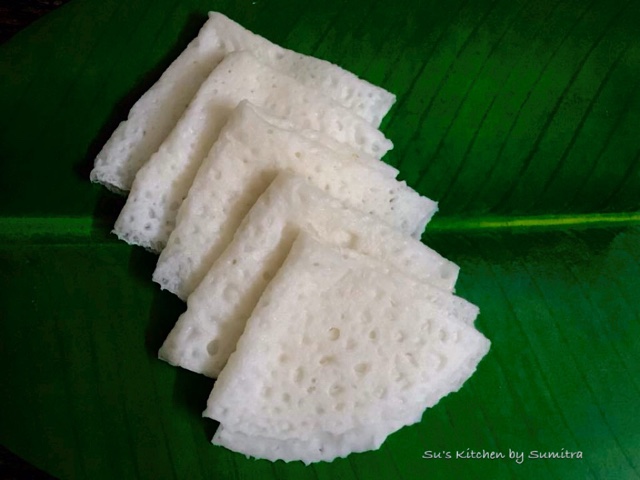Dumur means ‘Fig’ in English. It is commonly found all over the world. Ripe and dried fig (Anjeer)is eaten and known to all of us, but the raw / tender fig which is cooked into delicious curry or sabji is not known to many.
This is not only delicious but is healthy too.
As kid when ever I travelled to Kolkata, I have eaten this many a times in my Aunty’s house, but staying in Mumbai, though there are many fig trees, the raw tender fig or kochi Dumur is not available at all. Since I have not been to Kolkata for many years, I couldn’t source it out. A big thanks to my neighbor who got this for me from Kolkata. I was craving for it.
These ones are very small in size so, I had to cut into 2 halves and scoop the seeds out. The little bigger ones can be cut from the sides and the center seeds can be directly discarded. As the cutting and cleaning process is a bit tedious, this recipe is now not made very often in the urban kitchen.
There are many recipes made with dumur. I still remember as a kid Dumurer Jhol was given when I was sick. This is an vegetarian recipe without onion and garlic. You can serve this dish with roti or rice.
Ingredients
250 grams Dumur or Fig
2 medium size Potato cut into small cubes
1 Tomato puréed
1 tbsp Ginger and Cumin paste ( 1 small Ginger piece and 1 tsp Cumin seeds)
2 Green Chillies slit
1/2 tsp Cumin seeds
2 Bay Leaves
Salt to taste
1 tsp Sugar
1/2 tsp Turmeric powder
1/4 tsp Garam Masala powder
2 tbsp Oil
1/2 tsp Ghee
Method
Cut the fig into 2 halves and with the edge of the knife scoop out the seeds. Put the cut pieces into the water. Now take some water in the vessel. Add 1/2 tsp turmeric powder and salt. Add the fig pieces into the water and boil it till tender. Don’t over cook. Drain the water and keep it aside.
Heat up the oil in the same vessel. Add the cumin seeds and bay leaves. Let it crackle. Add the ginger and cumin paste. Sauté it on low flame for a minute. Add the tomato purée. Stir and cook for a minute. Add the sugar, turmeric powder and salt. Stir and let it simmer for a minute till the oil separates from the paste. Add the potatoes, stir and cook for a minute. Now cover and cook for another 2 minutes on low flame. Open the lid and stir, add the green chillies and stir again. Now add the boiled dumur. Stir and cook for a minute. Now cover and cook for another 2 minutes on low flame. Opened the lid, stir and add a cup of water and stir again. Cover and let it simmer on medium low flame till the the water has reduced and the potatoes are cooked. Open the lid and check if the potatoes are cooked. Sprinkle garam masala powder and drizzle some ghee on top. Switch off the flame. Serve Dumur er Dalna with roti or rice.
























